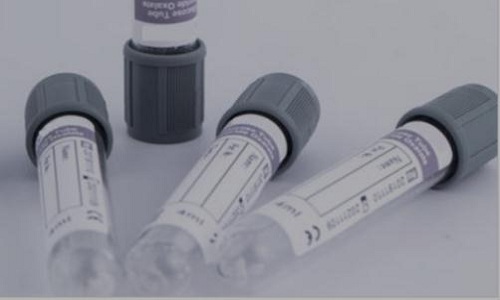Difference between concentrated gel and separation gel
The pH value of the concentrated gel is different from that of the separation gel. The former mainly shows concentration effect, while the latter shows charge effect and molecular sieve effect. The concentration effect is mainly completed in the concentrated gel. The pH of the concentrated gel is 6.8. Under this pH condition, almost all Cl ions of HCl in the buffer are

dissociated, and the isoelectric point of Gly is 6.0. Only a few are dissociated into negative ions, which move very slowly in the electric field. Acidic proteins are dissociated into negative ions at this pH, and the migration rate of the three types of ions is cl > General proteins > Gly. After the electrophoresis starts, Cl ions move fast, leaving a low ion concentration area behind. Gly moves very slowly in the electric field, resulting in the lack of moving ions, so a high-voltage region lacking ions is formed between fast and slow ions. All negative ions in the high-voltage region will accelerate their movement. When they move to the Cl ion region, the high voltage disappears, and the moving speed of the protein slows down. After the above stable state is established, the protein sample is concentrated between fast and slow ions to form a narrow interlayer, It is arranged into bands according to the amount of negative charge carried by the protein. After the concentrated sample enters the separation gel from the concentrated gel, the pH of the gel rises, the dissociation degree of Gly increases, and the mobility rises. Moreover, because its molecule is small, it exceeds all protein molecules. Immediately after Cl ions migrate, the low ion concentration no longer exists, forming a constant electric field strength. Therefore, The separation of protein samples in the separation gel mainly depends on its charge properties, molecular size and shape. The pore size of the separation gel has a certain size. For proteins with different relative mass, the hysteresis effect received when passing is different. Even particles with equal static charges will separate proteins of different sizes from each other due to the effect of this molecular sieve.
Difference between 10% and 12% of separating glue
According to the molecular weight of your target protein, if it is a protein with a larger molecular weight (above 60KD), you can use 10% glue, if it is a protein with a molecular weight between 60 and 30kd, you can use 12% glue, and if it is lower than 30kd, I usually use 15% glue. The main point is that when the indicator line just runs out of the rubber bottom, your target protein can be just in the middle of the rubber.
The pore size of gel corresponding to different concentrations of gel is also different. The pore size with small concentration is large, and the pore size with large concentration is small. Generally, the separation gel is 12% and the concentrated gel is 5%, because the purpose of the concentrated gel is to concentrate all proteins on the same starting line, and then enter the separation gel for separation. Depending on the size of the protein.
Post time: Sep-05-2022





